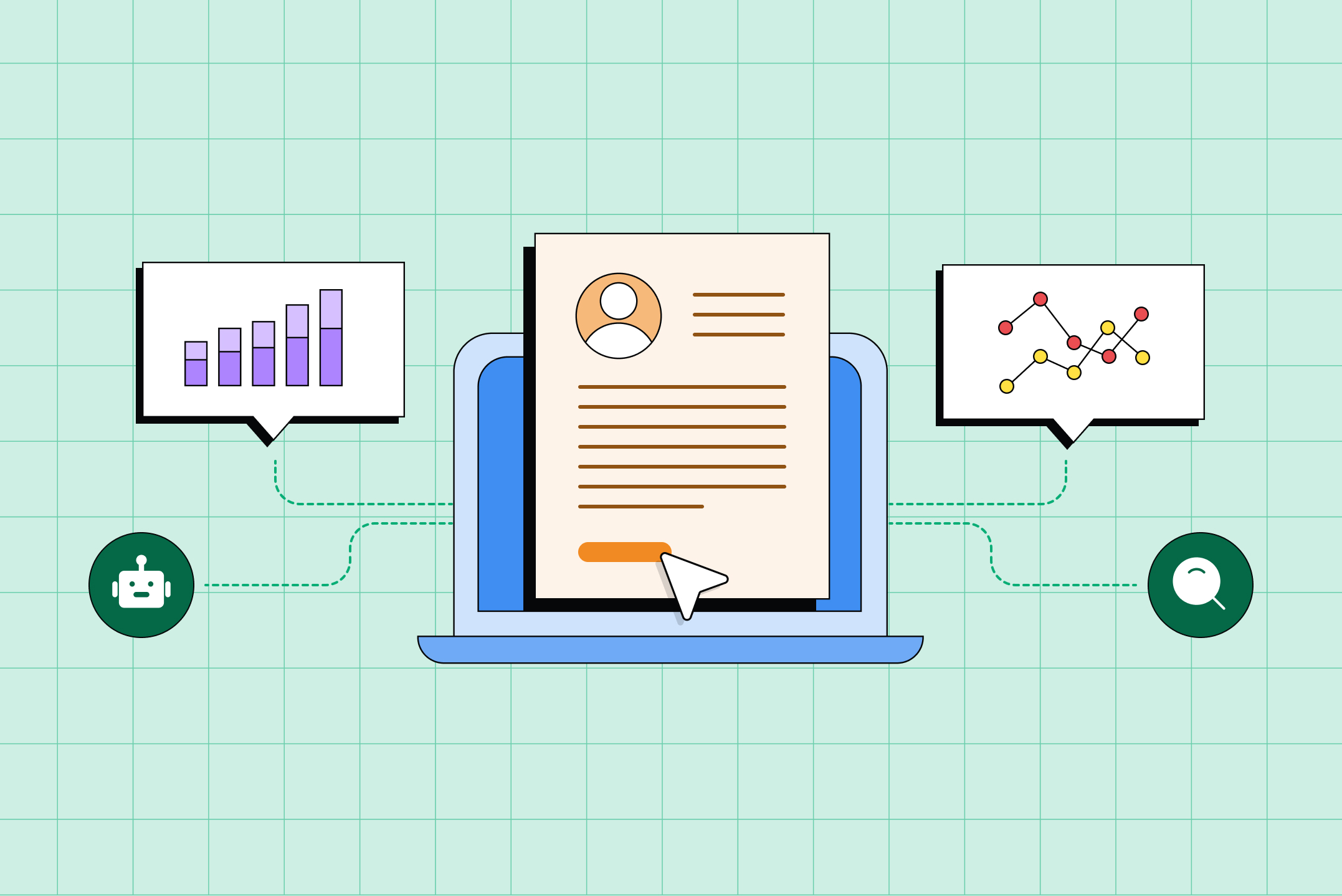The landscape of the modern workplace has changed significantly in recent years, with the rise of the hybrid workforce becoming the new norm. As more organizations take advantage of the benefits of remote work, it’s essential for organizations to adapt their strategies to hire both remote and office workers effectively. In this blog post, we share real-world insights and recommend strategies for fostering a culture of engagement and collaboration within a hybrid workforce. With the help of generative AI, we can explore how technology can further enhance these strategies and create an even more connected and productive work environment.
Embrace Digital Collaboration Tools

In a hybrid work environment, it’s essential to establish seamless communication channels that connect remote and in-office employees. Embracing digital collaboration tools, such as project management software, video conferencing platforms, and instant messaging apps, can bridge the gap and facilitate effective communication across the team. AI-powered tools can analyze communication patterns, identify areas of improvement, and provide personalized recommendations to enhance collaboration. By leveraging AI, organizations can not only streamline communication but also gain insights into team dynamics and optimize collaboration processes.
Foster a Culture of Inclusion
To ensure that both remote and office workers feel valued, organizations must foster a culture that embraces diversity and promotes equal opportunity. AI algorithms can help identify and address biases in decision-making processes, ensuring that everyone’s voice is heard and considered. Additionally, AI-powered language models can assist in creating inclusive communication by providing suggestions to avoid gender or cultural biases in written content. By incorporating AI in the quest for inclusion, organizations can create an environment where every employee feels respected and valued.
Clear Communication Channels

Effective communication is the cornerstone of a successful mixed workforce. AI-powered language models can assist in generating clear and concise communication materials, ensuring that all team members easily understand messages. Furthermore, AI chatbots can provide real-time support and address common questions or concerns, reducing the burden on managers and fostering efficient communication. With AI’s assistance, organizations can maintain open and transparent communication channels that enhance collaboration and understanding among team members.
Encourage Flexibility and Work-Life Balance

One of the benefits of a hybrid workforce is that it gives employees flexibility. AI-powered scheduling tools can analyze individual preferences, workloads, and deadlines to generate optimized work schedules that accommodate both personal commitments and team needs. Additionally, AI can help monitor employees’ workloads and well-being, providing timely reminders to take breaks and promoting a healthy work-life balance. By integrating AI technologies, organizations can empower employees to maintain a sense of control over their work while fostering a healthy work-life balance.
Foster Employee Development

Investing in employee development is critical in a mixed workforce. AI-powered learning platforms can provide personalized training recommendations based on individual skill gaps and career aspirations. These platforms can also curate relevant industry trends and resources, keeping remote workers up to date and connected to the latest developments. Furthermore, AI algorithms can analyze performance data and provide actionable insights for managers to support their employees’ growth. By harnessing the power of AI, organizations can create a culture of continuous learning and development that benefits both remote and office workers.
Conclusion
Adapting to a hybrid workforce requires thoughtful strategies to effectively engage both remote and office workers. By implementing digital collaboration tools and leveraging AI capabilities, organizations can create an environment that fosters engagement and productivity for all team members, regardless of their physical location.
With the assistance of AI in areas such as communication, inclusion, flexibility, and employee development, organizations can unlock the full potential of their hybrid workforce. As we navigate the changing landscape of the workplace, it’s important to prioritize strategies that enable employees to thrive in a hybrid work and embrace the opportunities it offers. Remember that adapting to change is an ongoing process, and it’s important to regularly evaluate and refine your strategies based on employee feedback and changing needs.






